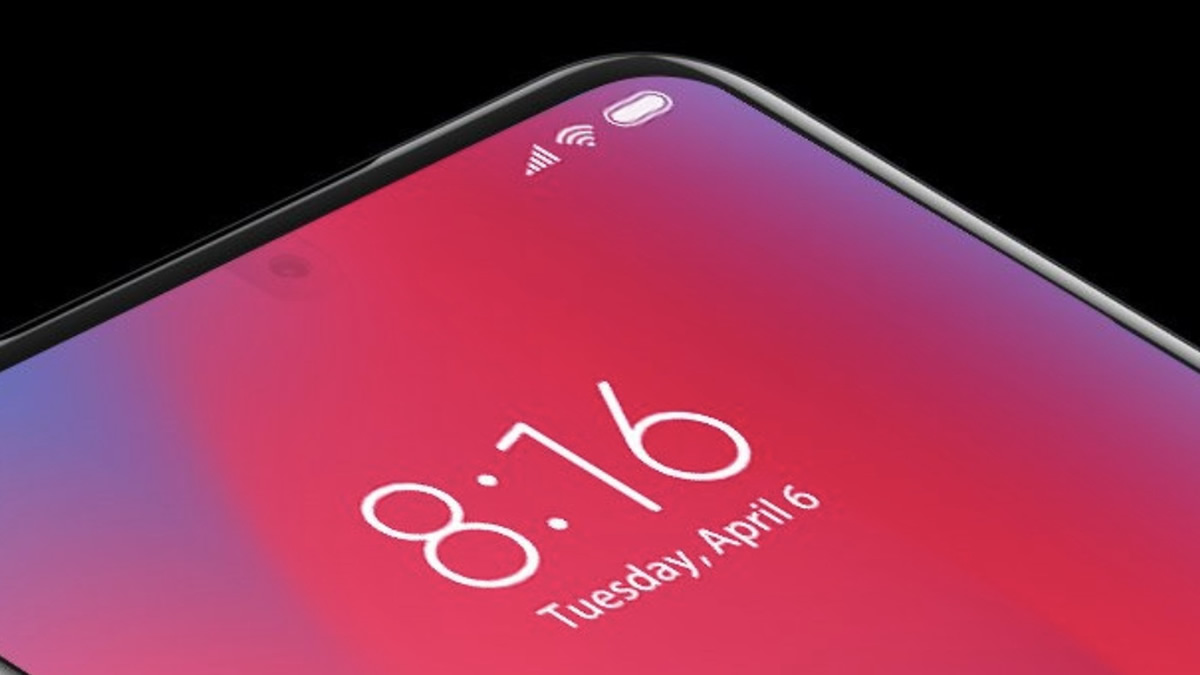We were so thrilled when the notch era was officially ushered in by Apple and soon after overtaken by punch-hole that somehow Samsung managed to embrace before iPhones evolved to it. But like any other technologies we’ve seen before, all indications show that our beloved selfie sensors will soon disappear altogether while not in use but show-up when needed. It’ll be the beginning of under-display sensors that’ll leave our beloved display panels undisrupted.
Why the selfie camera had to evolve
Before the notch, we were all satisfied with having a small bezel at the top of our smartphone displays to accommodate the front camera and some sensors needed for proper functioning of our devices. The problem started when some manufacturers made us believe that we actually needed a bezel-less panel that would run from the top to bottom of our phones without any hinderances.
There have been of course some clever implementations of an all display front panel, but some have just proven to be too expensive to implement or negatively impact on the overall durability of our handsets. I remember when some manufacturers started implementing a pop-up camera that would pop-up from within the handset’s body when the front camera was activated. Problem with this implementation was addition of mechanical parts within the handset which are known not to last so long.
Why pop-up cameras didn’t prove to be worthwhile
The technology was very expensive to implement as it required additional parts that would somehow take more space within the phone’s body thereby limiting the amount of pace available for other parts like the battery.
I also would like to imagine the reason why many phone makers did away with the headphone jack on their devices was because of limited space for the battery and the 3.5mm jack was the easiest sacrifice. With a pop-up camera, these developments were effectively underscored as more space would then have to be taken away by the mechanics.
Under-display cameras
Android OEMs have been keen on developing camera tech that would be accommodated within the display screen. I remember when the likes of OPPO, Samsung and even Xiaomi showed off their apparent working prototypes. According to Xiaomi which is slated to unveil the tech to masses come 2021, the concept has finally reached maturity to make its way to the public.
Chinese phone maker ZTE has already hinted at unveiling an under-screen camera phone with its upcoming ZTE Axion 20 5G. While Xiaomi had shown off its tech sometime last year which at the time was far from mass production, the phone maker has finally developed it for masses come 2021.
What will an under-display camera tech achieve
In a nutshell, we’ll start seeing a complete bezel less, notch less or punch-hole less display panels. Xiaomi wrote in a blogpost explaining that its third-gen under-screen camera technology had “greatly improved the full-screen effect through self-developed pixel arrangement, and through the optimization of the camera algorithm, allowing it to show the same performance as conventional cameras.” According to Xiaomi, their latest tech makes the screen to allow light to pass through by using a special pixel arrangement that somehow let’s light in through a gap between sub-pixels, allowing every single pixel to retain a complete RGB sub-pixel layout without sacrificing pixel density.
Conclusion
It’ll be interesting to see the outcome from various technologies we’ve seen from manufacturers, but it’ll sure take some time before the tech is perfected and hopefully all manufacturers adopt it. In the meantime, the best we can get is a punch-hole camera, and there’s no guarantee that we will afford phones with under-screen sensors when they become available.
